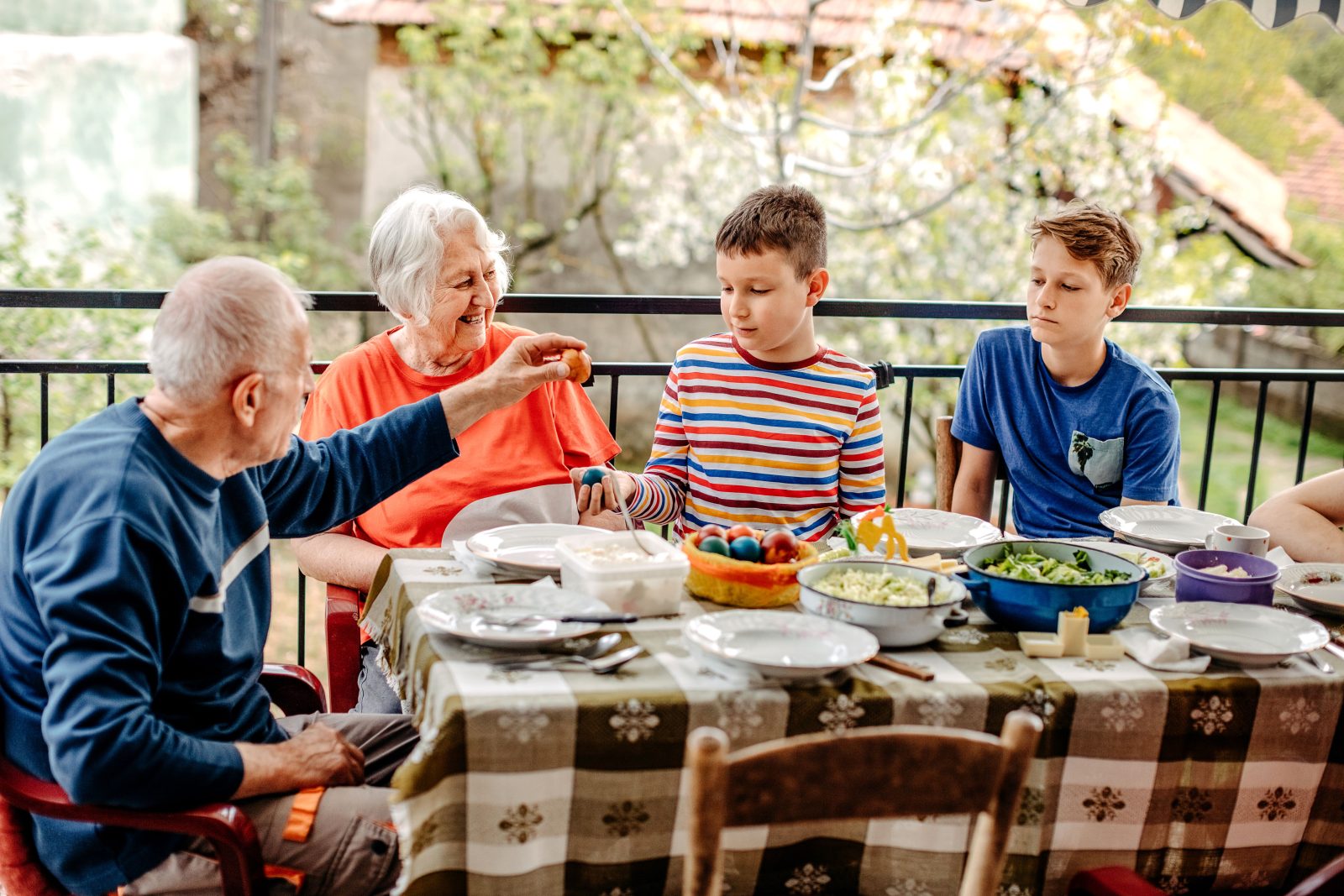Meal planning or meal prepping, isn’t just a new fad—it’s something that’s always existed in one way or another. Now, it’s becoming extremely popular as more and more people discover its benefits, particularly for seniors at home.
For aging adults in particular, meal planning can be the key to unlocking better long-term health, an improved attitude, and saving precious time throughout the day. If you aren’t already one of the 280 million people watching meal-prepping guides on TikTok, then here’s exactly how you can get started:
Prepping in Advance
Meal planning is all about establishing a routine. Help your loved one maintain a healthy diet, allocating one day a week to plan and prepare meals for the next six days to follow. Use this time to cook, cut and pack food in advance so you aren’t breaking routine or rushing throughout the week.
During prep time, also be sure to consider size and space. Invest in storage-friendly, space-saving containers so that you don’t make a batch of meals with nowhere to put them.
Not only is your day one the key to avoiding cooking time later on, but it’s also what helps you avoid wasting time guessing what your next meal will be.
Identify the Foods That Matter
The key to healthy meal prepping is obviously choosing healthy foods! Help your loved one identify meals that hit the major food groups including fruits and veggies, lean proteins, and whole grains—without sacrificing on flavor.
When meal planning for an aging adult in particular, try to choose foods with little sugar, sodium and saturated fats. Also look for easily digestible options with key vitamins and minerals like cereals with B12.
Keep It Simple
You don’t need to be a professional chef to create a healthy meal plan. Choose recipes that are easy to prepare and require fewer, less expensive ingredients. Foods that you can cook in bulk are the backbone of most meal plans.
If you’re looking for inspiration, don’t hesitate to look online and find pre-existing meal plan menus, like this.
Variety and Flexibility
Even though you should establish a solid routine and use simpler recipes when meal planning, this isn’t meant to be a prison menu! Cook enough options to keep your palate from becoming bored and try to spread out your more diverse meals throughout the week.
If you aren’t particularly interested in the next item on your menu, you can substitute or change things around.
Listen to Your Body
While the National Institute of Health does have a recommended calorie intake of 2000-2500 calories per day, ultimately, everyone’s body is different. In week one of planning if you find yourself hungry between meals, incorporate larger portions into week two.
Remember though, as you add more calories, you’ll need to add more nutrient-rich foods as well to keep your diet balanced.
Utilize Outside Resources
Meal planning ultimately saves time and effort, but it’s still a commitment in itself with its own unique learning curve. Consult friends and family who have had success in the past, watch videos on social media or speak to a dietitian about what they recommend.
If you or an aging loved one is struggling to meal prep because of physical limitations, there are also plenty of outside solutions to that as well. SYNERGY HomeCare has a team of professional, around-the-clock caregivers who are more than capable of helping you prepare meals and get them packed up for the week to come.
To learn more about SYNERGY HomeCare and its full suite of services, please call 877-432-2692.
___________
For more information on caring for a loved one, download SYNERGY HomeCare’s Sandwich Generation Family Caregiver Guide.
SYNERGY HomeCare offers no obligation home assessments. Find a location near you or Contact us to talk to a Memory Care specialist.



